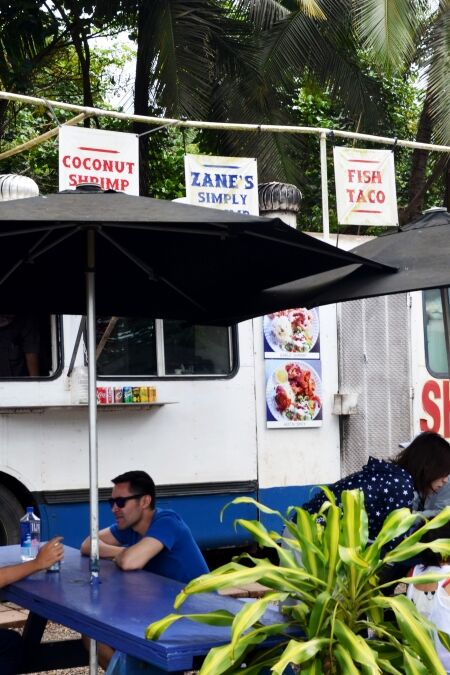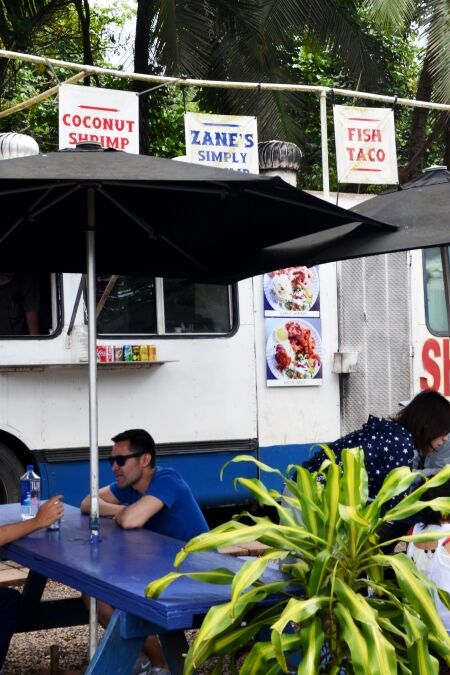Halemaumau Crater stands as a mesmerizing testament to the raw power and beauty of nature. This legendary crater, steeped in the rich mythology of the Hawaiian people, is often referred to as the home of Pele, the fiery goddess of volcanoes. Its ever-changing landscape, sculpted by continuous volcanic activity, offers an awe-inspiring glimpse into the Earth’s dynamic processes. This article delves into the history, geology, and visitor experience of Halemaumau Crater, providing essential tips for exploring this captivating natural wonder and ensuring a memorable and safe visit.
Highlights
- Witness the raw power of nature with real-time volcanic activity, including lava flows and steam vents.
- Start your visit at the nearby Kilauea Visitor Center, where you can find detailed information about the crater, the current volcanic activity, and safety guidelines.
- Explore various hiking trails that offer different perspectives of the crater and its surroundings.
- Experience the crater’s glowing lava lake after dark. The night sky combined with the fiery glow creates a mesmerizing and unforgettable sight.
- Halemaumau Crater provides excellent photo opportunities, from capturing the dramatic landscapes and volcanic activity to the vibrant flora and fauna that thrive in this unique environment.
History
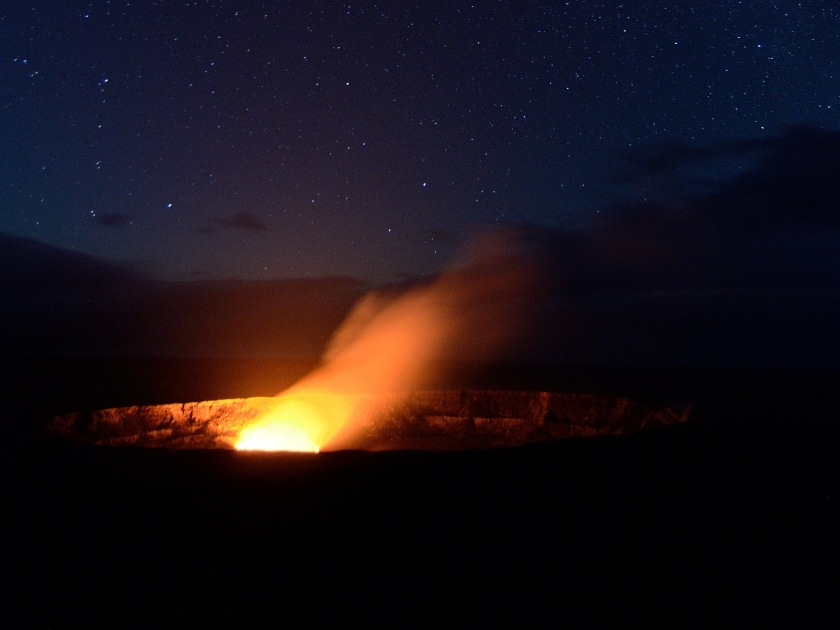
The Home of Pele
Native Hawaiian chants and legends describe Halemaʻumaʻu as the sacred home of Pele, the powerful volcano goddess. For centuries, this crater has been the site of frequent volcanic activity, with eruptions and molten lava flows shaping its dramatic landscape.
The Persistent Lava Lake
Historical records show that Halemaʻumaʻu often contained an active lava lake. By the early 1900s, geologist Thomas Jaggar established the Hawaiian Volcano Observatory near the crater to study this extraordinary volcanic phenomenon.
A Dramatic Transformation
In 1924, Halemaʻumaʻu underwent a significant change. The once ever-present lava lake mysteriously drained away, leaving a deep pit in its place. This event was followed by a series of violent steam explosions, marking a stark contrast to the previously molten spectacle.
The Cycle of Ebb and Flow
Throughout the 20th century, the crater continued to experience sporadic eruptions. Remarkably, the lava lake reappeared in 2008, captivating visitors with its fiery display for a decade.
Recent Developments
In 2018, another significant shift occurred. Halemaʻumaʻu’s lava lake drained once more, coinciding with new volcanic activity in the lower Puna region. The summit collapse events further transformed the crater, showcasing the dynamic and ever-changing nature of volcanic landscapes.
An Ongoing Story
The story of Halemaʻumaʻu continues to unfold. Scientists closely monitor its activity, providing valuable insights into volcanic processes. According to legend, Pele, the volcano goddess, will always return to her sacred home, ensuring that the crater remains a site of wonder and intrigue for generations to come.
Exploring Halemaumau Crater
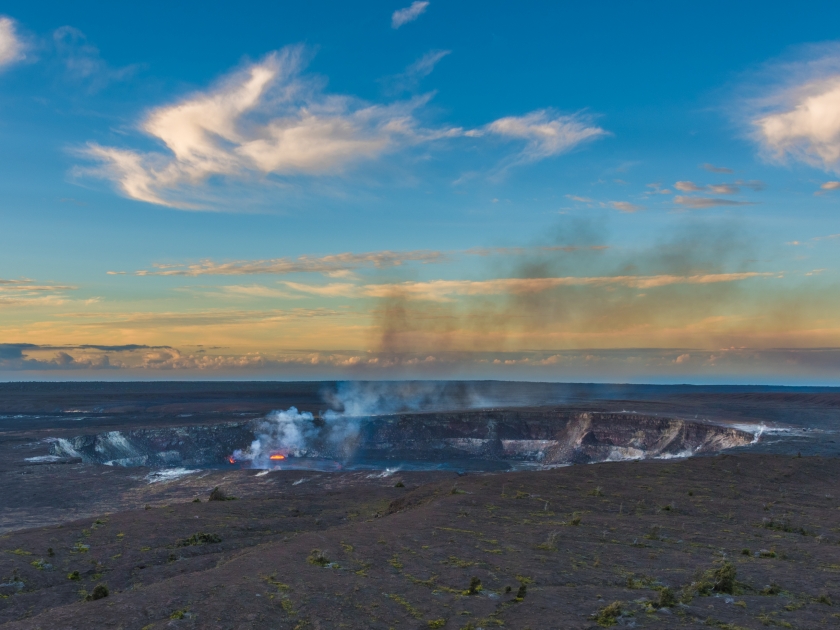
Exploring Halemaumau Crater offers an unforgettable experience, with breathtaking viewpoints and observation areas that provide panoramic views of the crater’s vast expanse and its dynamic volcanic landscape. Visitors can marvel at the active steam vents and the caldera’s ever-changing features from safe, designated viewing spots. However, safety is paramount; it’s crucial to stay updated on volcanic activity through park alerts and adhere to all posted warnings. Health precautions include staying clear of hazardous fumes, keeping a safe distance from the crater rim, and wearing appropriate footwear for the rugged terrain.
Hiking and Trails Near Halemaumau Crater
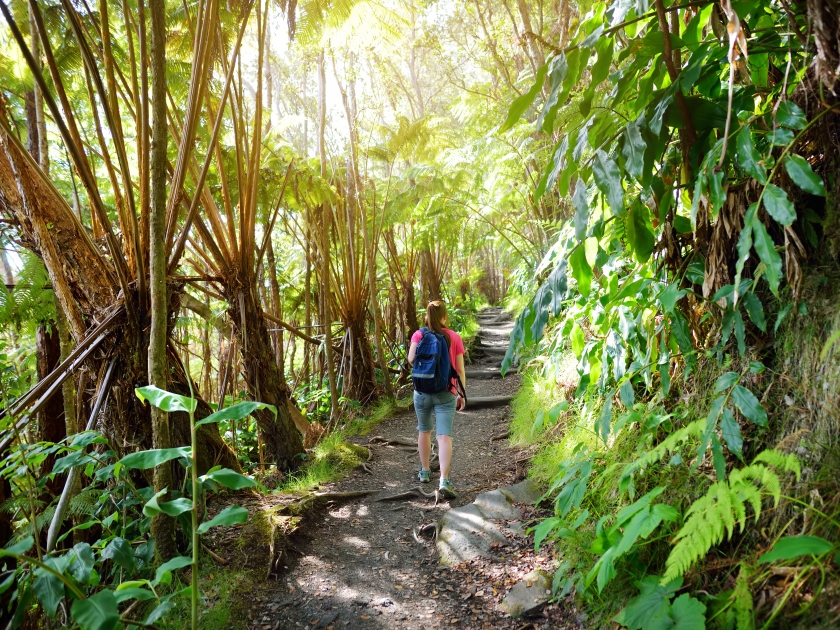
Hiking near Halemaumau Crater offers an array of popular trails, with the Crater Rim Trail being a standout favorite. This trail encircles the Kilauea Caldera, providing hikers with stunning views of the crater, lush rainforests, and unique volcanic landscapes. To ensure a safe and enjoyable hike, it’s essential to come prepared with sturdy footwear, ample water, and sun protection. Additionally, check for trail updates and closures, as volcanic activity can affect trail conditions. Being mindful of weather changes and carrying a map or GPS can further enhance your hiking experience, making your adventure around Halemaumau Crater both memorable and safe.
Photography and Sightseeing Tips
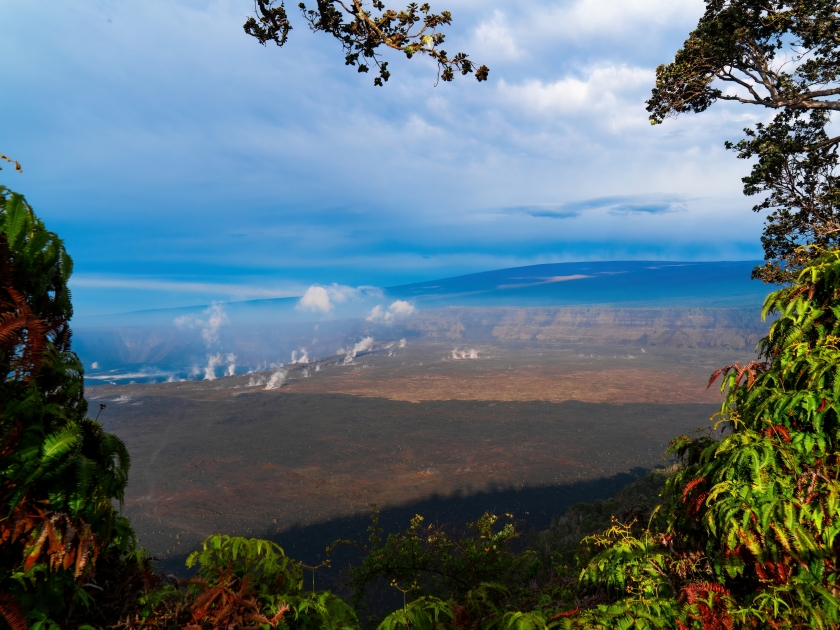
For photography enthusiasts, Halemaumau Crater offers unparalleled opportunities to capture stunning images. Top locations for breathtaking shots include the Jaggar Museum overlook and the Kilauea Overlook, both providing expansive views of the crater’s dramatic landscape. To achieve the best results, visit during the golden hours of sunrise or sunset when the lighting accentuates the crater’s textures and colors. Bringing a tripod can help stabilize your camera for clearer shots, especially in low light. Additionally, using a wide-angle lens will allow you to capture the vastness of the crater and its surrounding scenery, ensuring your photos truly reflect the awe-inspiring beauty of Halemaumau Crater.
Visitor Amenities and Facilities
When visiting Halemaumau Crater, the nearby Kilauea Visitor Center serves as an excellent resource, offering educational exhibits, informative displays about the park’s volcanic activity, and helpful rangers ready to answer questions. Visitors can also find essential amenities such as clean restrooms and well-maintained picnic areas perfect for a scenic lunch. For dining options, the nearby Volcano House provides a unique opportunity to enjoy a meal with stunning views of the caldera, ensuring a comfortable and enriching visit to this remarkable natural wonder.
Nearby Attractions and Activities
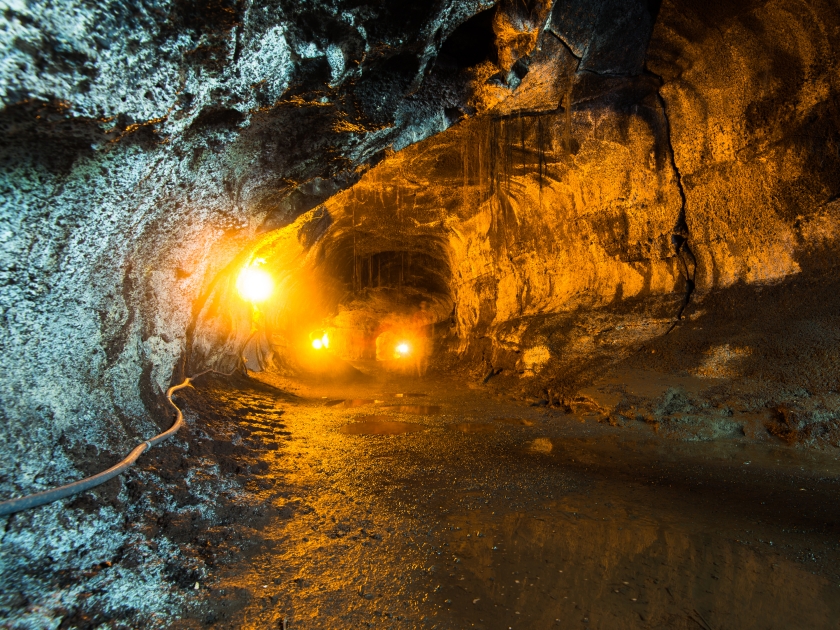
Beyond Halemaumau Crater, Hawaii Volcanoes National Park boasts a wealth of attractions and activities. Visitors can explore the Thurston Lava Tube, a surreal underground tunnel formed by ancient lava flows, and the Devastation Trail, showcasing the park’s dynamic volcanic landscape. For a more immersive experience, participate in ranger-led programs and educational tours that offer deeper insights into the park’s geology and ecology. Additionally, cultural sites such as the Pu’u Loa Petroglyphs provide a fascinating glimpse into the rich history of the Hawaiian people.
Tips for Visiting
- Check Volcanic Activity Updates: Always check the current volcanic activity status and park alerts before your visit to ensure safety.
- Wear Appropriate Footwear: The terrain can be rugged and uneven, so sturdy hiking boots or shoes are recommended.
- Stay Hydrated: Bring plenty of water, as the high elevation and dry conditions can lead to dehydration.
- Pack Sun Protection: Sunscreen, hats, and sunglasses are essential to protect against the intense Hawaiian sun.
- Dress in Layers: Weather can change rapidly, so dressing in layers will help you stay comfortable.
- Follow Safety Guidelines: Adhere to all posted signs and stay within designated viewing areas to avoid hazards such as toxic fumes and unstable ground.
- Bring a Map or GPS: Navigation aids are helpful, especially if you plan to explore trails around the crater.
- Respect Cultural Sites: Be mindful of the cultural significance of the area to Native Hawaiians and avoid disturbing any cultural sites.
- Plan Your Visit: Start early to avoid crowds and to have ample time to explore and enjoy the various attractions and activities.
- Use a Tripod for Photography: For the best photos, especially in low light conditions, a tripod can help stabilize your camera.
- Visit the Kilauea Visitor Center: Start your trip with a visit to the center for maps, current information, and to learn more about the park’s geology and history.
Best Times to Visit
The best times to visit Halemaumau Crater are during the cooler, drier months from November to April, when the weather is most favorable for exploring the park. Early mornings and late afternoons offer the best lighting for photography and the most comfortable temperatures for hiking. Visiting during these off-peak hours also helps avoid larger crowds, providing a more serene experience. Always check the current volcanic activity reports and weather forecasts before your visit to ensure a safe and enjoyable trip.
Frequently Asked Questions (FAQs)
Halemaumau Crater is an active volcanic pit crater located within the Kilauea volcano in Hawaii Volcanoes National Park.
Visitors can access Halemaumau Crater via Crater Rim Drive in Hawaii Volcanoes National Park, with multiple viewing points along the way.
The activity status of Halemaumau Crater can change; check the Hawaii Volcanoes National Park website for current eruption updates.
Yes, several guided tours are available, offering in-depth information about the crater’s geological and cultural significance.
Follow park guidelines, stay on marked trails, and be aware of volcanic gas emissions and unstable ground areas near the crater.
Lava visibility at Halemaumau Crater varies depending on volcanic activity; check current conditions before visiting.
How to Get There
I am raw html block.
Click edit button to change this html
By Car
To drive to Halemaumau Crater, start by heading towards Hawai’i Volcanoes National Park, which is located on the Big Island of Hawai’i. From Hilo, take the Hawaii Belt Road (Highway 11) south for approximately 30 miles until you reach the park entrance. Upon entering the park, follow the signs towards Crater Rim Drive, a scenic route that partially encircles the Kilauea caldera. Drive along Crater Rim Drive until you see marked signs directing you to Halemaumau Crater. The total journey from Hilo to the crater typically takes about 45 minutes by car.
By Bus
For those opting for public transportation, there are limited but feasible options to reach Halemaumau Crater. The Hele-On Bus service runs routes that connect Hilo and Kailua-Kona to Hawai’i Volcanoes National Park. From Hilo, catch the Route 10 bus to Volcano Village. Once you arrive in Volcano Village, you can either walk the 2 miles to the park entrance or take a taxi. Upon entry, you’ll need to follow park signs to get to Halemaumau Crater, just as you would when driving. Note that public transportation schedules may vary, so it’s advisable to check the latest bus timetables and plan accordingly.
Discover the Fiery Heartbeat of Hawaii
Halemaumau Crater offers an extraordinary blend of geological wonder, rich cultural heritage, and breathtaking natural beauty. We’ve explored its captivating history, practical tips for hiking and photography, essential visitor amenities, and the best times to witness its dynamic landscape. Now, it’s your turn to experience the mystique of this volcanic marvel firsthand.


